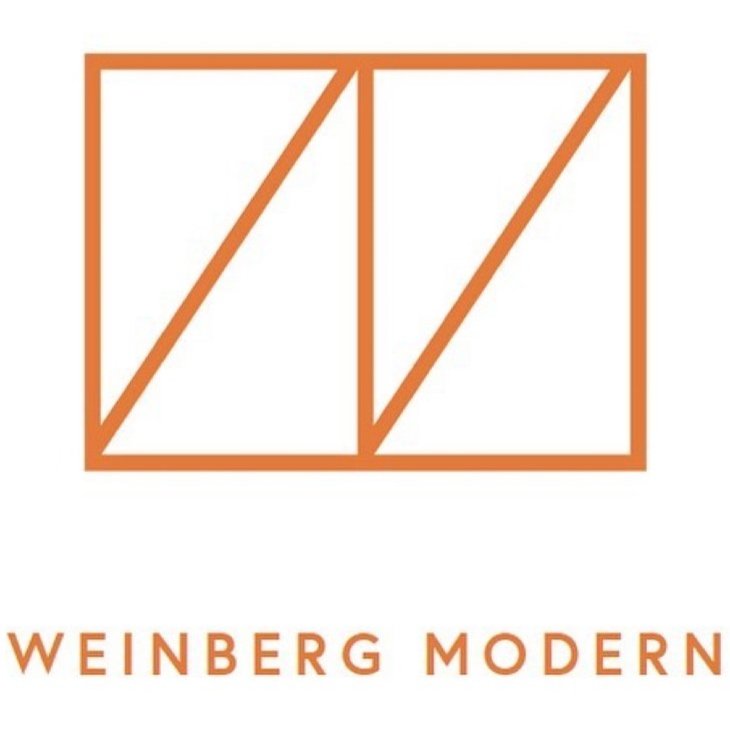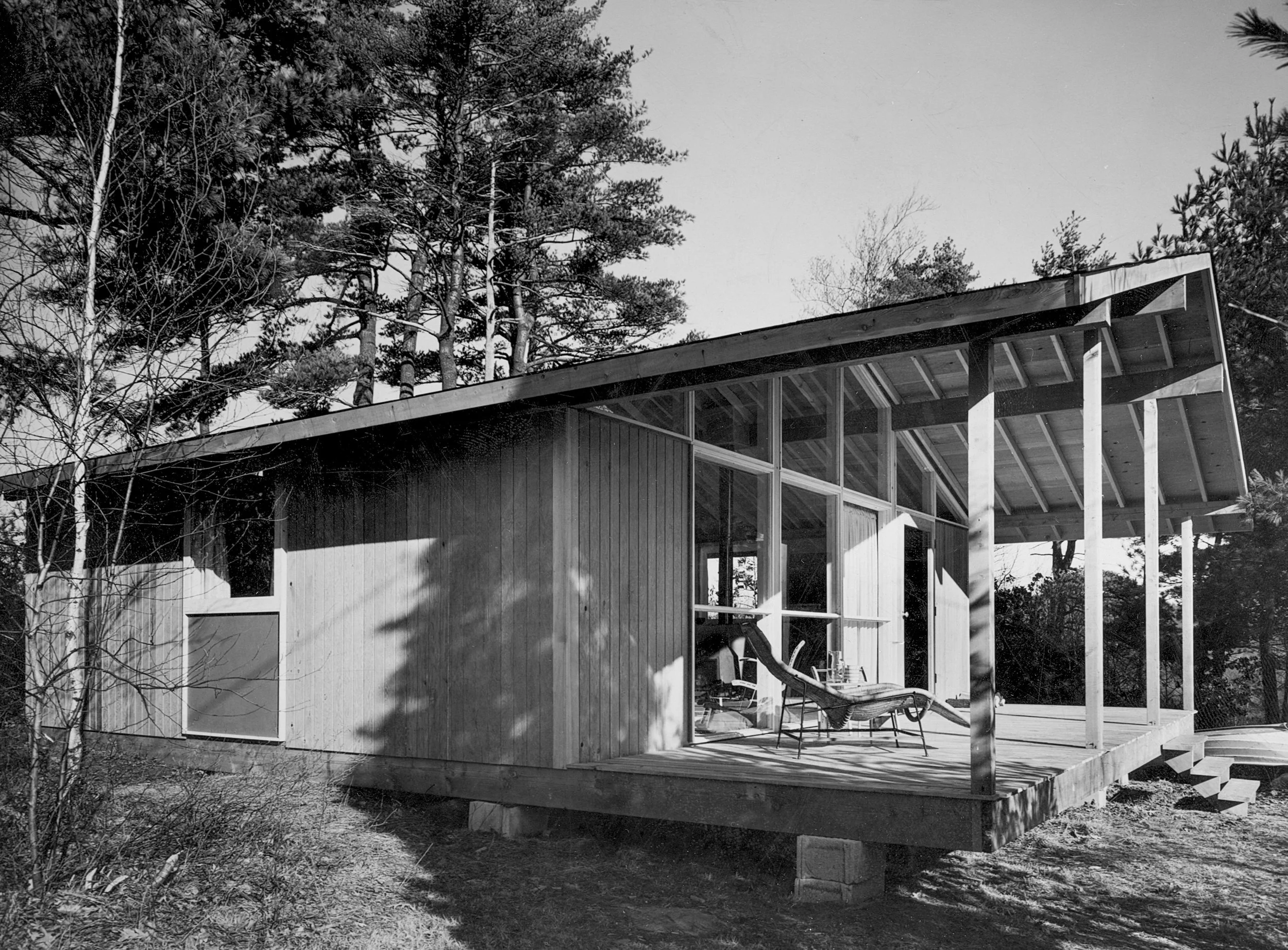Carl Koch Techbuilt Spacemaking Furniture
Carl Koch Techbuilt Spacemaking Furniture
$45,000/set of two pieces
United States
1955
Unit furniture of Philippine mahogany with white Masonite panels consisting of a 48 inch module with sliding Masonite doors and a 96 inch (double wide) module with an open front. Designed by Harvard-educated, Boston-area architect, designer, and urban planner Carl Koch as a corollary to his prefabricated Techbuilt houses and produced in 1955.
Koch was a pioneering champion of prefabrication in housing in mid-century America, first with his much-publicized but ill-fated all-steel Lustron houses in the late 1930’s, then with his more successful wooden Tech-Built houses, introduced in 1953. In At Home with Tomorrow, his 1958 paean to prefabrication, he lays out his opposition to the traditional hammer-and-handsaw construction methods that remained dominant even with conceptually modernist structures. His designs generally hewed to a regional brand of modernism rather than orthodox international style, taking into account local topography and climate—his iconic form is an A-frame with a pitched roof, more sensible in New England winters than a flat roof (though there are such Techbuilt designs). The basic Techbuilt formula suggested that modular, industrial production methods of the components combined with knock-down shipping and on-site assembly equalled lower cost and less waste. Variety and individuality could be achieved in how the elements were combined.
This underlying philosophy involving modularity, flexibility, and industrial production methods applied to Spacemaking furniture as well, although interestingly enough, the furniture design preceded the architectural application, as Koch (et al) had submitted a version to the 1947 MoMA Low-Cost Furniture Competition (and so these units also preceded the famous 1951 Eames Storage Unit, a conceptually similar idea executed with metal framing). The furniture line began with requests for freestanding wardrobe closets and then extended by modules to include 21 different basic pieces of furniture including chests, shelves, room dividers, and desks. All were shipped knocked-down and could be assembled with just a screwdriver. Per the Spacemaking literature, the buyer could arrange the composition himself, and change it around or add to it as desired. When purchased along with a Techbuilt house, the cost of the furniture could even be folded into the mortgage.
Though conceptually elegant, useful, and visually appropriate to modernist interiors, Spacemaking furniture was produced only in two very short runs in 1955, sharing the same fate as numerous designs by architects and designers who attempted to manufacture and market their own furniture designs. By Koch’s own assessment, the furniture proved too costly to make, despite its prefabricated nature, and a number of the components did not meet quality expectations. Only the wardrobes (basically taller versions of the present units) remained in production. While it is unknown how many Spacemaking units were placed in Techbuilt houses outside the ones photographed in the literature (and some of these photo shoots may have been staged), it is doubtful that many orders were placed outside the Techbuilt program. I have never encountered any examples other than the ones here, nor have the editors of a website devoted to Techbuilt housing. A rare opportunity to acquire an architecturally resonant and historically significant design. Price is for the set of two pieces--the 48 inch sliding door unit is freestanding; the 96 inch open unit shares a central post and screws together to form a single double-wide piece. Provenance: Removed from a Techbuilt house outside of Boston. The attached architectural photograph came along with the furniture, and may be the source. Note: shelves are not included with the cabinets (foam core place markers were used in the photographs) but can be supplied after purchase.
Condition
The Masonite panels and doors have been cleaned and polished. The Philippine mahogany has been lightly refurbished to enhance the original finish. Wear consistent with age and use remains visible.
Measurements
Height: 29 in.
Width/length: 148 in.
Depth: 13 in.
Specifications
Number of items: 2
Materials/techniques: Philippine mahogany, Masonite



















